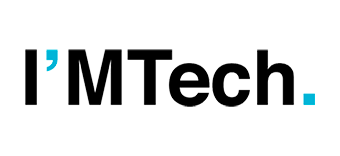Cybersecurity: new times, new challenges
Editorial. Who am I? A white man, almost 30. I wear hoodies and hack websites belonging to prestigious organizations like the CIA from my parents’ basement. Above all, I am thick-skinned. Have you guessed? I am, of course, a stereotypical hacker! Movies and TV series continue to propagate this false and dated image. But due […]

